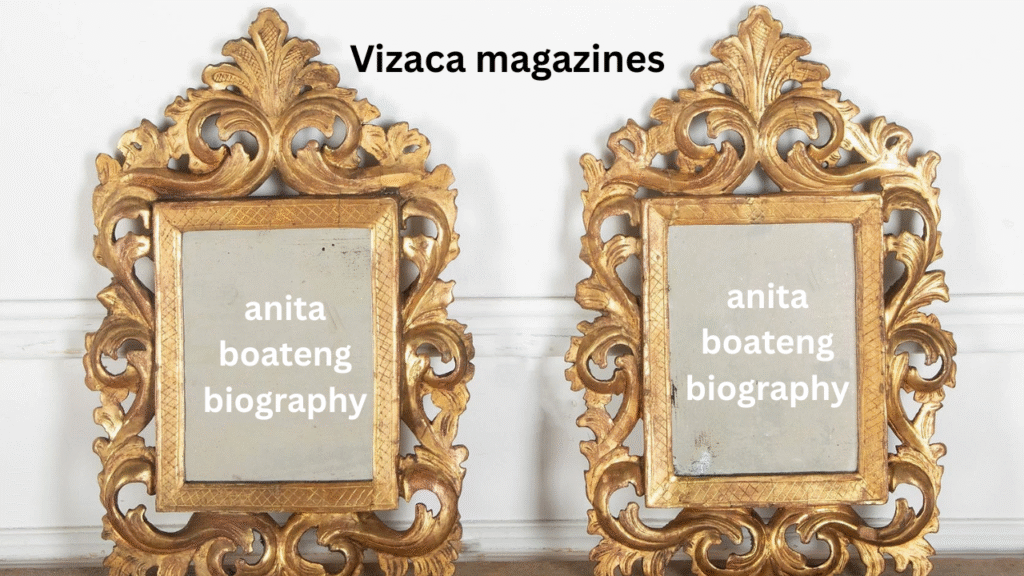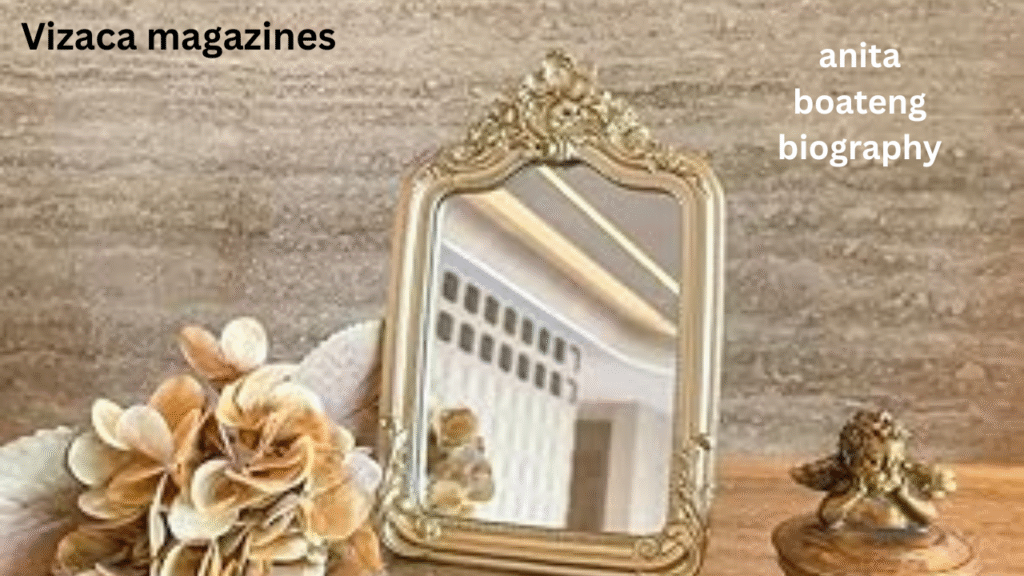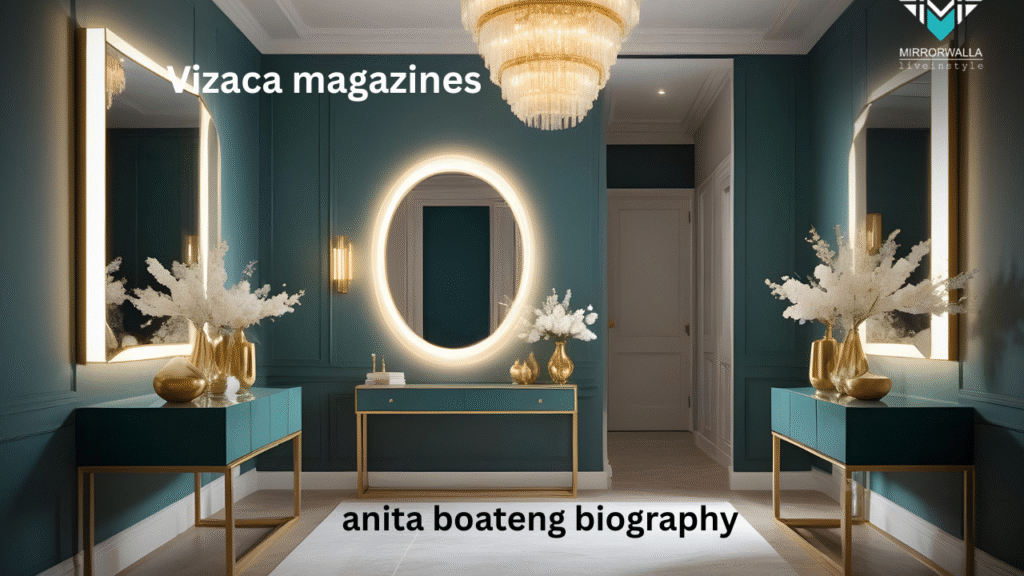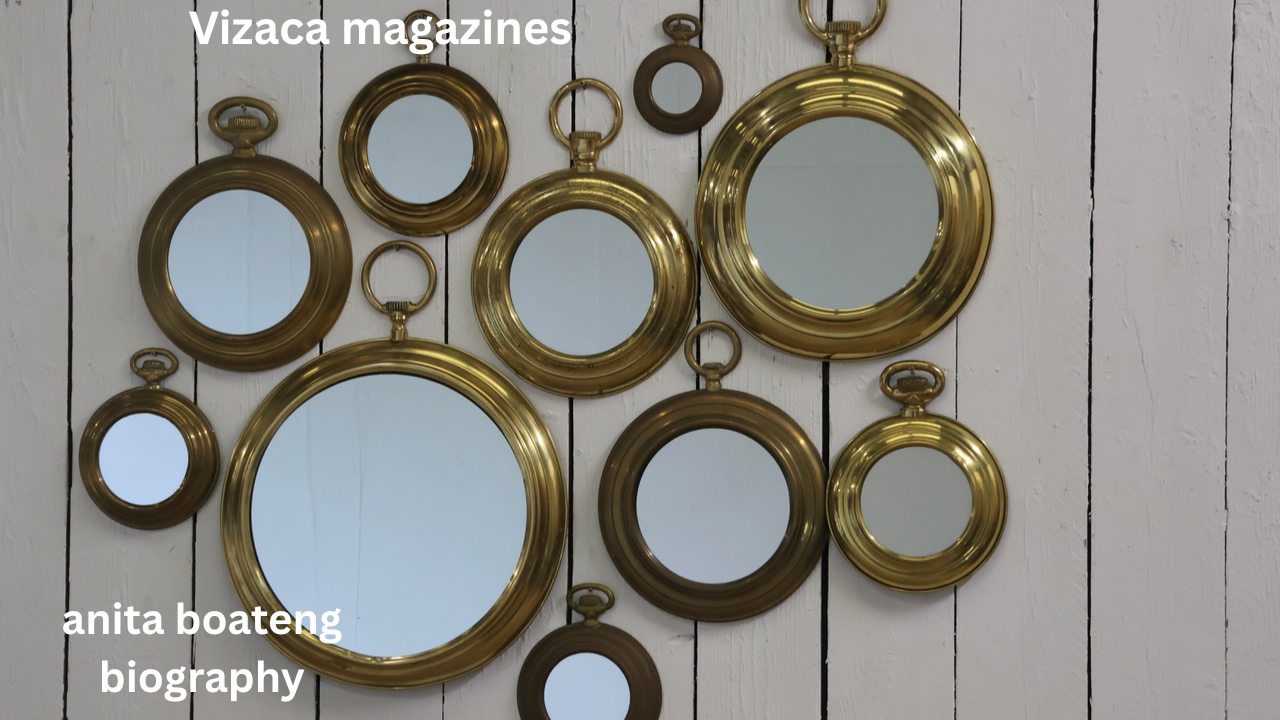Discovering Timeless Charm: The Allure of the Small Antique Mirror, ??, and Their Enduring Appeal
There’s something undeniably enchanting about a small antique mirror. It’s more than just a reflective surface—it’s a portal into the past, an object steeped in history, craftsmanship, and mystery. And then there’s the question mark—??—that seemingly hovers around these timeless pieces. Is it the mystery of where they’ve been? Who’s looked into them? What stories could they tell if they could speak? The small antique mirror, ??, invites us to ponder.
In this article, we’ll explore why these charming objects captivate collectors, decorators, and curious minds. From design details and historical significance to tips for identifying genuine antiques, let’s dive deep into the captivating world of the small antique mirror, ??.
A Brief History: Small Antique Mirror, ??, Through Time

The small antique mirror has been part of domestic life for centuries. As early as the 16th and 17th centuries, mirrors were rare and considered luxury items. The invention of the mercury glass mirror in Europe brought about the golden age of mirror-making. These early mirrors were expensive and owned by aristocrats and royalty.
The small antique mirror became more widespread during the Victorian and Edwardian eras, often placed in entryways, parlors, or atop vanities. These weren’t just functional tools—they were symbols of status, artistry, and even spiritual belief. Some cultures believed mirrors could capture souls or serve as protection against evil spirits. This ethereal connection may be what we refer to with the small antique mirror, ??—a nod to the enigmatic, hidden stories embedded in their silvered glass.
Design Elements That Define the Small Antique Mirror

What makes a small antique mirror stand out from modern counterparts? It’s all in the detail:
Ornate Frames
Many small antique mirrors feature elaborate wood or metal frames. Carved floral patterns, gilded gold leaf, and classical motifs are common. These frames often reflect the era of their origin—Baroque, Rococo, Art Nouveau, or even Gothic Revival.
Imperfections in the Glass
Unlike modern mirrors, antique versions often have slight distortions or clouding. These quirks are not flaws—they are marks of authenticity and charm. The small antique mirror, ??, may even show signs of “mirror sickness,” a type of natural deterioration that gives a cloudy, ghost-like appearance.
Unique Shapes
Oval, octagonal, or asymmetrical designs can all be found. Small antique mirrors were not mass-produced in the way they are today. Each one carries a uniqueness in shape and structure.
Why the Small Antique Mirror, ??, Still Captivates Today

Even in a world dominated by modern minimalism, the small antique mirror has found a permanent place. Why?
Nostalgia and Sentiment
For many, owning a small antique mirror is like holding a piece of history. The mirror might’ve belonged to someone a hundred years ago. Maybe it hung in a quiet farmhouse or in the dressing room of a grand estate. That unknown story—??—is part of the magic.
Visual Warmth
Antique mirrors offer a kind of warmth and softness that modern mirrors often lack. Their aging patina and weathered look bring depth and a lived-in feel to any room.
Versatility
The small antique mirror is not just for grand mansions. These mirrors work beautifully in small apartments, eclectic homes, bohemian décor, and even ultra-modern spaces as a juxtaposition piece.
Identifying an Authentic Small Antique Mirror
Before you rush to buy a vintage mirror at a market, know how to tell the real from the reproduction:
- Examine the glass: Look for slight distortions or signs of aging.
- Check the back: Older mirrors will usually have wooden backing rather than newer synthetic materials.
- Inspect the frame: Hand-carved wood or metal with a heavy feel often indicates authenticity.
- Weight test: Antique mirrors are heavier due to their thicker glass and solid framing.
- Research maker’s marks: Some frames carry a label or stamp that can help trace its origin.
A true small antique mirror, ??, should evoke emotion. It’s not just about age—it’s about the story it tells through its condition, design, and mysterious aura.
Decorating with a Small Antique Mirror
Whether you’re a seasoned interior designer or someone decorating their first home, incorporating a small antique mirror adds character:
Entryway Charm
Place one above a vintage console table in your entryway for an instant warm welcome.
Gallery Wall Feature
Mix a small antique mirror into a wall of framed art or photographs. The variation in texture and material makes the wall more dynamic.
Bedroom Accent
Hang it above a vanity or beside your bed to add softness and a romantic touch to the room.
Bathroom Elegance
Swap out your standard bathroom mirror for a small antique one. Just make sure it’s well-protected against humidity.
Each of these uses transforms the room. And with every placement, the small antique mirror, ??, brings history and a whisper of mystery into modern life.
Caring for Your Small Antique Mirror
To maintain the charm and integrity of your antique piece, follow these tips:
- Avoid harsh chemicals. Use gentle glass cleaner or a mixture of vinegar and water.
- Dust the frame gently. Use a soft cloth or a small brush for carved details.
- Keep it out of direct sunlight. Excessive heat or sunlight can damage both the frame and the mirror glass.
- Repair with care. If restoration is needed, consult a professional conservator rather than attempting it yourself.
The small antique mirror is not just an object—it’s a fragile historical artifact. Treat it as such.
The Symbolism of the Small Antique Mirror, ??
Mirrors have long been associated with introspection, self-image, and metaphysical meaning. The small antique mirror, ??, often evokes more than aesthetic value—it’s symbolic.
- Reflection of Self: Antique mirrors often produce a softer, less perfect image, encouraging a more philosophical or gentle perception of oneself.
- Portal to the Past: They connect us to those who came before us—people who looked into them, who aged with them, who may have even passed them down generations.
- Mystery and Unknown: The question marks—??—around these pieces are real. The unknown stories, the lives once mirrored, add to their romantic and timeless appeal.
Conclusion: Why the Small Antique Mirror, ??, Endures
A small antique mirror is more than a relic; it’s a living piece of the past that continues to shine in modern homes. Whether you’re drawn to its craftsmanship, its hidden stories, or the way it softens and beautifies your space, one thing is certain—the small antique mirror, ??, offers something no new object can: history, mystery, and soul.
FAQs
1. What defines a small antique mirror?
A small antique mirror is typically compact in size, over 100 years old, and often features ornate or hand-crafted designs.
2. What does the “??” mean in reference to small antique mirrors?
It symbolizes the mystery, unknown origin, and emotional aura surrounding antique mirrors—the questions of who owned them, what they witnessed, and where they’ve been.
3. Are small antique mirrors valuable?
Yes, depending on their condition, age, maker, and design, they can be highly collectible and sometimes quite valuable.
4. Can a small antique mirror fit in modern decor?
Absolutely. They add contrast and depth, working well in both vintage-themed and contemporary interiors.
5. How do I clean and preserve my small antique mirror?
Use gentle cleaners, avoid harsh chemicals, dust the frame with care, and avoid direct sunlight or moisture exposure to maintain its condition.
Read More: Anita Boateng Biography: Career, History, and Connections Explored??





